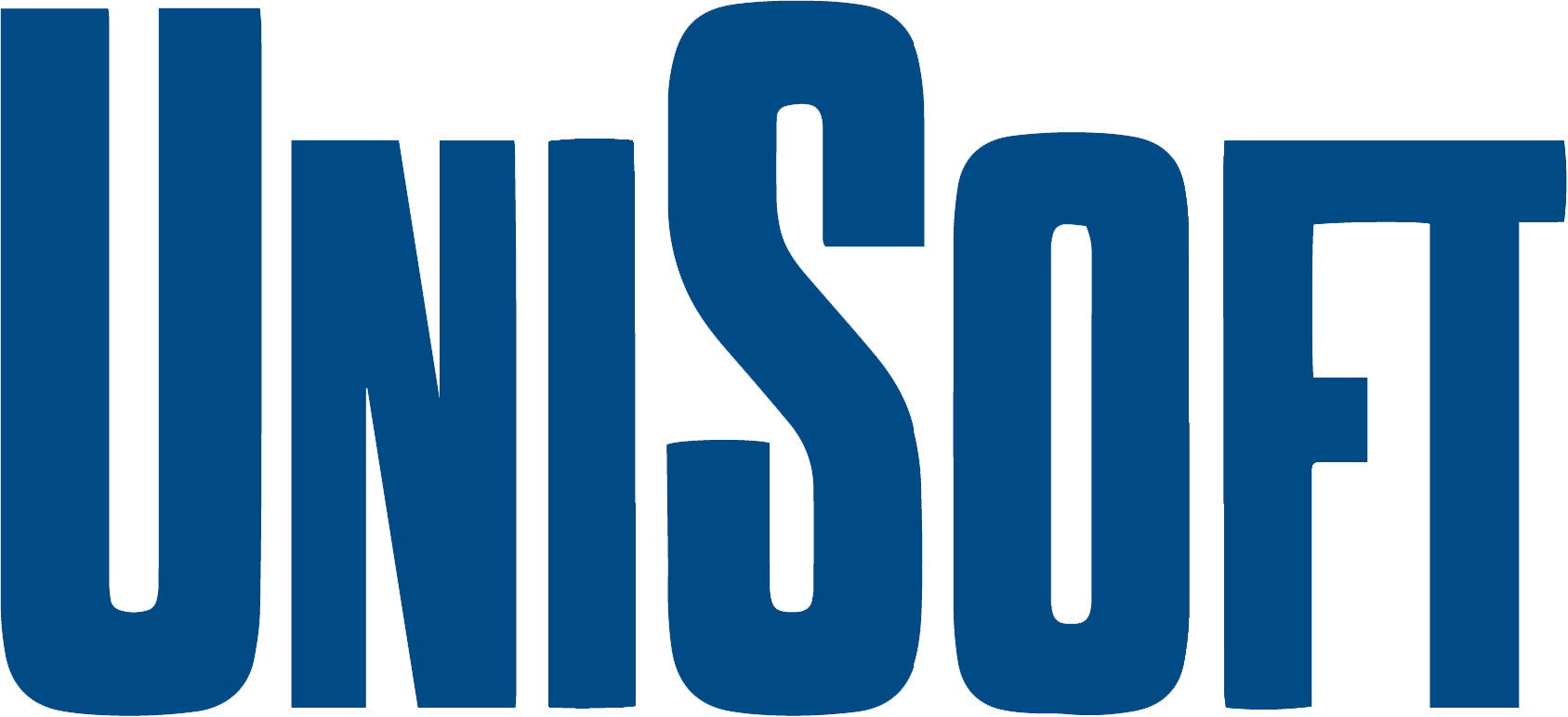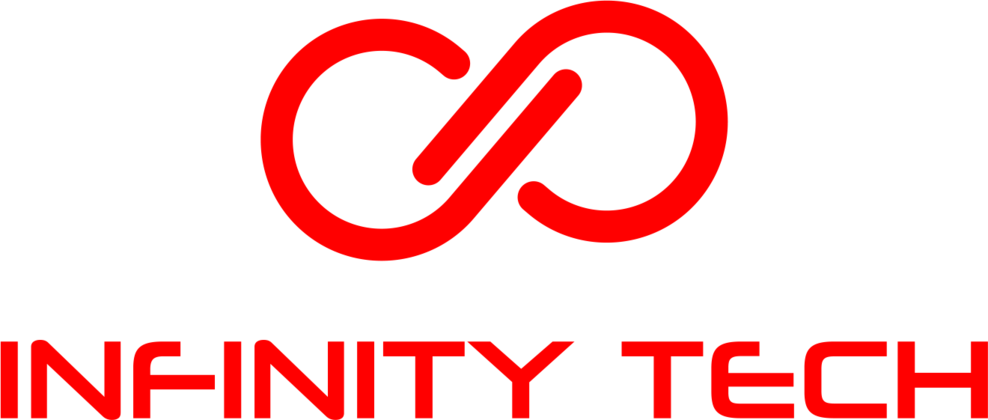

Provisioning Hub
The Provisioning Hub software provides a mechanism for managing multiple ATSC 3.0 delivery chains:Scheduler Integration: support for ATSC 3.0 Broadcast Gateways managing PLPs, allowing all the modulation parameters to be set for each PLP being broadcast, sub frame creation/management and multiple LLS handling. LDM support also included.
SFN Management: The Provisioning Hub supports Single Frequency Network (SFN) configurations.
Comprehensive Video and Audio Codec Support: Manages encoding workflows for next-gen codecs, including HEVC (High Efficiency Video Coding) and AC-4 (Dolby AC-4 audio codec).
Interactivity and Data Broadcasting:
allows easy deployment of interactive applications
and delivery of NRT content for datacasting and other purposes.
Advanced Monitoring & Control
Real-Time Video Flow Session Monitoring: The Hub continuously monitors the flow of video and audio services across multiple channels, ensuring service integrity, quality, and adherence to ATSC 3.0 standards. This includes checks on HEVC streams, Dolby AC-4 audio, and emergency alert overlays, helping broadcasters maintain high-quality service delivery.Automated Rollback Features: In the event of service errors or misconfigurations, the Provisioning Hub's rollback feature allows broadcasters to restore previous configurations quickly, minimizing downtime. This is crucial for maintaining consistent video/audio delivery and avoiding disruptions to broadcast services.
Network and Receiver Health Monitoring: The system offers advanced diagnostics for ATSC 3.0-compatible receivers, providing insights into SFN performance, multipath interference handling and receiver tuning status.
Key Features
- Multi-Device Support: provisioning of a wide range of deployed devices, such as ATEME and Harmonic encoders, Schedulers, Broadcast Stream Generators (ROUTE/MMT servers) and 3.0 exciters across multiple transmission chains.
- Automated Device Discovery: Automatically detects and registers new devices in the network for fast onboarding and configuration.
- Centralized Device Management: Provides a single interface for managing, configuring, and updating multiple devices.
- Channel Map Provisioning: Efficiently manages and organizes channel maps for multiple stations, ensuring accurate channel assignments and service delivery.
- Device Health Monitoring: Real-time monitoring of device status, signal quality, and performance.
- Rollback and Restore Functionality: Enables rollback to previous device configurations in the event of an error.
- Firmware and Software Updates: identification of firmware and software updates to all supported devices, ensuring they remain up-to-date and secure.
- Scalability: Built to scale across large networks with diverse device types.
- Security and Access Control: Provides secure provisioning with role-based access controls to manage devices safely and restrict unauthorized access.
- Network Infrastructure: Delivers a client-server architecture with multiple remote nodes, offering centralized management through a single-pane-of-glass interface.